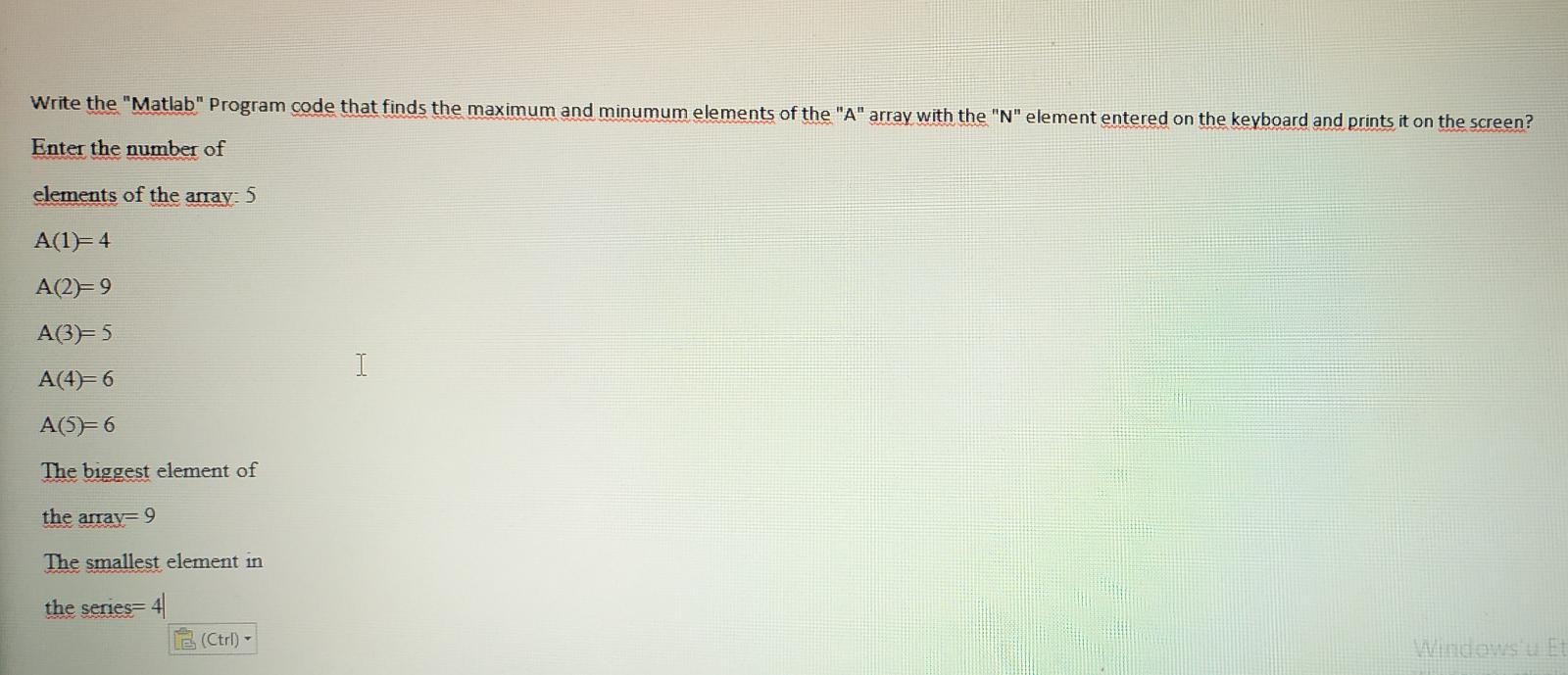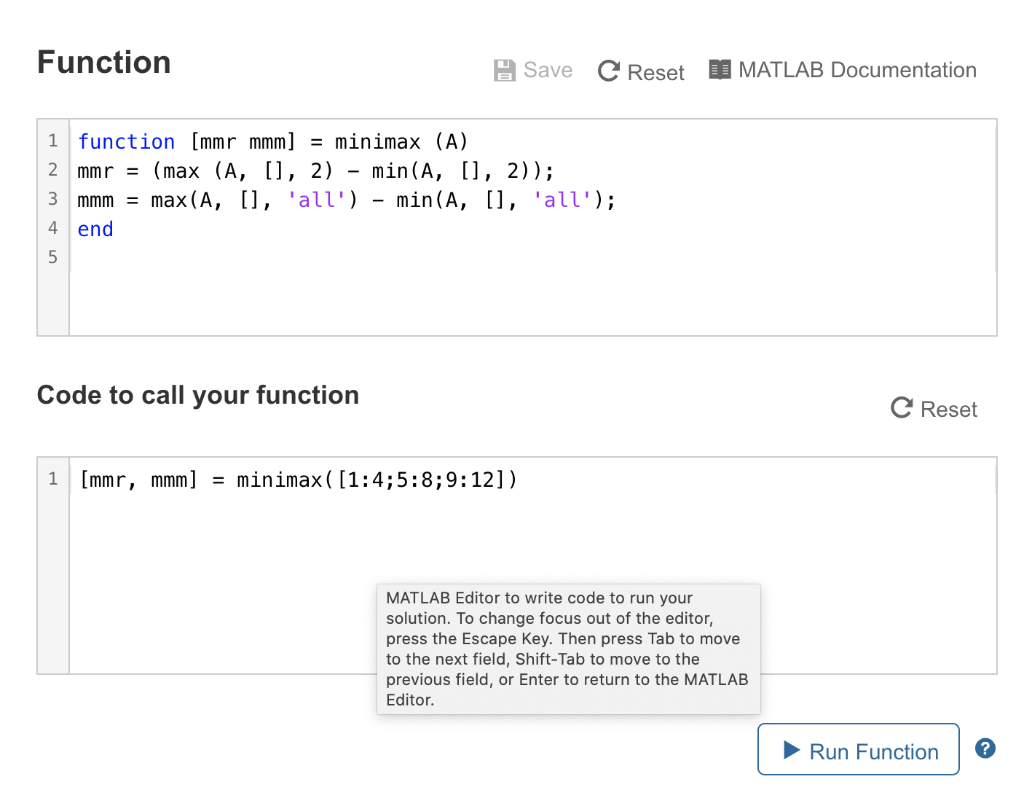

Marker edge color is the property that is used to specify the color that we want to mark the outline of the graph. Marker Size is the property that is used to specify the size of points and it is always a positive value. We can change these properties using the name-value pairs depicting the property of the marker and the required value of the respective property. We can specify the marker size and color to show the placement of markers. If we specify no line in the command, then the output will be in the form of markers only, without displaying any line which is required to connect the points. This will plot a line graph with all the points marked in a circle format, which is usually known as circle markers. Given below are the examples of matlab plot marker: Example #1

Generally, we use Marker to plot the line graphs using a name-value pair where we can draw the graph using plot () function in Matlab. Here a and b are the inputs that we specify while plotting any graph. Plot (a, b,’ name of the property’, ‘value’) We can use this property while mentioning it in the input argument using different marker properties. I don't really know if that will help, but it's an idea.Markers in the plot can be used for many reasons like highlighting some of the important points which are required for the analysis or to distinguish between different points so that they can plot them with different prints and patterns. (NB: overall that's more memory, but fragmentation wouldn't be so problematic). Then all the elements of the cells could be stored wherever, each needing only 10K of contiguous space. So if each row of your array was a cell, you'd need space for a 25920-by-1 cell array, which I think would be about 1.5Mb of contiguous space. IANA developer, so don't take this as gospel, but I do know that cell arrays have some memory overhead, but they effectively act like an array of pointers to other memory locations. If the issue is, for whatever reason, the maximum single array size, rather than the overall memory, you might be able to store the data as a cell array, then just access everything with indexing (and probably lots of nasty loops).

but actually Walter's suggestion does bring up another possibility (dirty, but maybe effective). I was thinking of avoiding that route because it would make the memory problem worse when you do cell2mat. Is there any way you can get some kind of likely upper bound on the number of rows? If you can, and it will fit into memory, I think you'd be better off preallocating, then deleting unused rows afterward. I don't know the underlying details of how that's done, but it's possible that that's causing some of your pain.

When an array is increased in size and runs out of space in its current memory location, it has to be copied somewhere with enough room. As you may know, MATLAB requires arrays to be stored in contiguous memory blocks, which is why the first line from the memory command gives the largest possible array (which is smaller than the total available). Now, the lack of preallocation of space may be causing some of the problem. One thing I was trying to establish is whether you're reading data from a source or creating it in some way. OK, so I assume you're filling the array inside some kind of loop (presumably a while loop) in which you're doing.


 0 kommentar(er)
0 kommentar(er)
